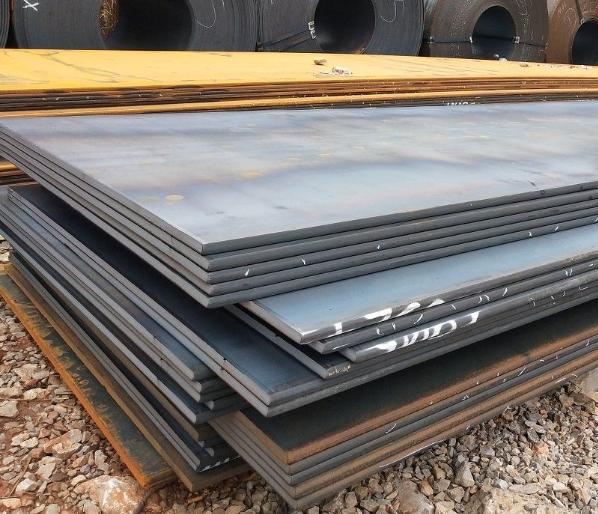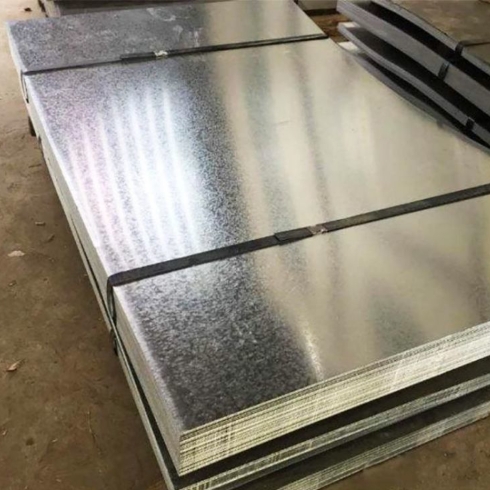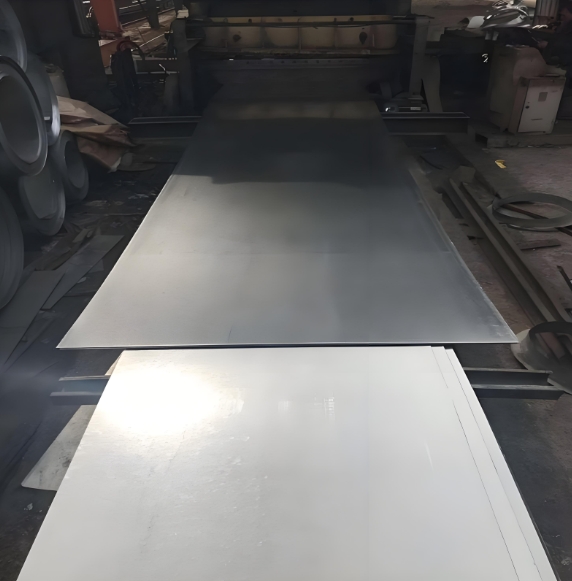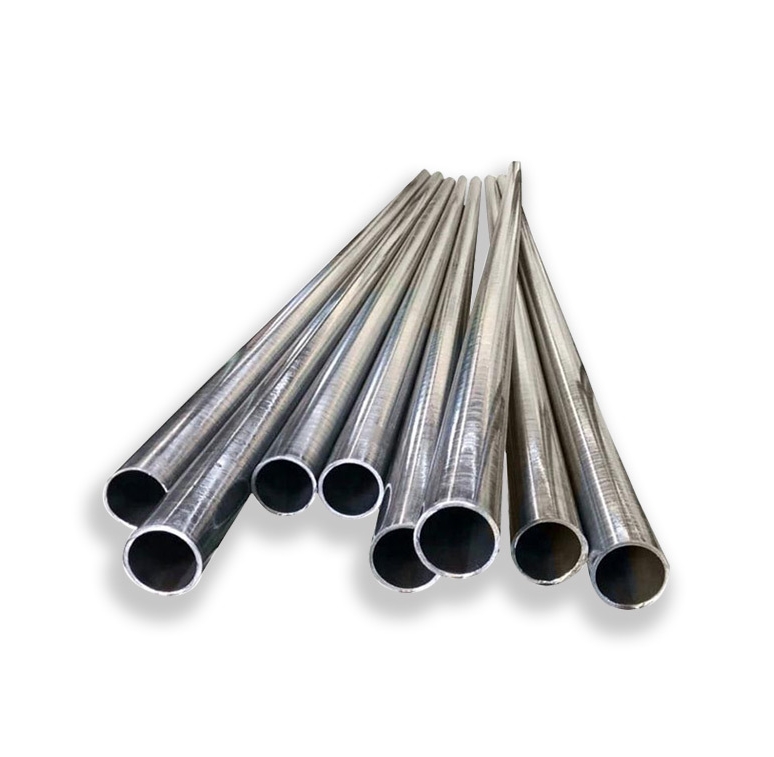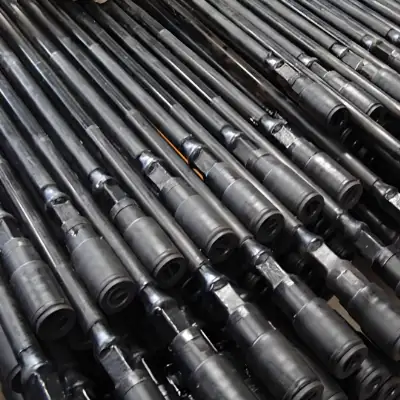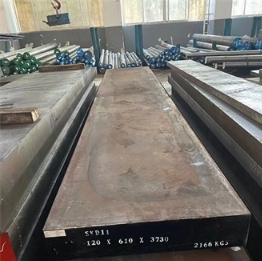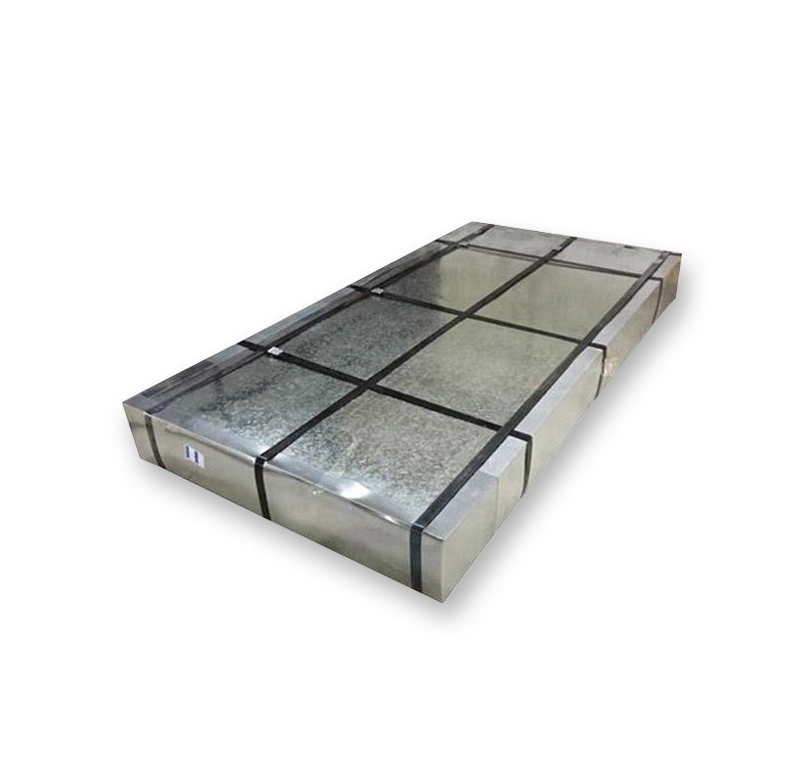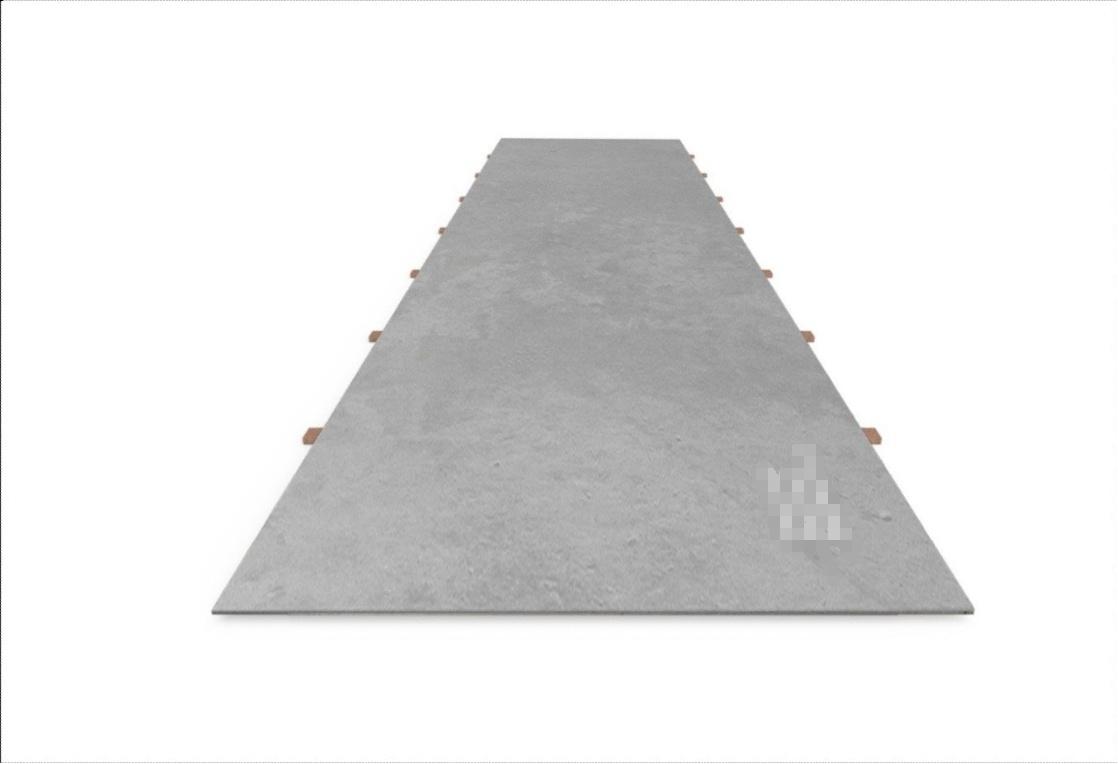Mid-Thickness 3/16 Carbon Steel Plate | JIS G3101 Equivalent: 5 Critical Insights
Did you know 37% of fabricators waste material due to improper steel plate thickness selection? (FMA, 2023). The 3/16 carbon steel plate—measuring 4.76mm—offers unmatched versatility for bridges, machinery, and roofing. But JIS G3101 equivalency adds layers of complexity most suppliers ignore. Let’s cut through the noise.
Problem 1: The JIS G3101 vs. ASTM A36 Confusion
Lost in Certification Translation
Many vendors claim their 3/16 carbon steel plate meets JIS G3101 standards but actually comply with ASTM A36. The devil’s in the details:
- Phosphorus Content: JIS caps it at 0.040% vs. ASTM’s 0.050%
- Yield Strength: JIS SS400 requires 245 MPa minimum vs. ASTM’s 250 MPa
Case Study: Crane Manufacturing Crisis
A Korean manufacturer faced weld cracks in their 3/16 carbon steel plates labeled “JIS-equivalent.” Switching to Shanxi Luokaiwei Steel Company’s certified plates (WhatsApp +86 18912200505) resolved the issue—their plates had 0.038% phosphorus, meeting strict JIS specs.
Problem 2: Cutting Costs That Cut Corners
| Method | 3/16 Carbon Steel Plate | Thinner 1/8″ Plate |
|---|---|---|
| Plasma Cutting Speed | 22 IPM | 35 IPM |
| Edge Smoothness | Ra 250 µin | Ra 180 µin |
| Heat-Affected Zone | 0.12″ | 0.08″ |
Source: Fabricators & Manufacturers Association (2024)
I once scrapped a $15k project by using the wrong plasma gas mix on 3/16 carbon steel plates. Pro tip: Use 65% argon/35% hydrogen for cleaner cuts.
Problem 3: Coating Catastrophes
Galvanizing vs. Painting Pitfalls
Hot-dip galvanized 3/16 carbon steel plates last 2.5x longer outdoors than painted ones (NACE, 2023). But JIS G3101 allows only 50–90g/m² zinc coating—thinner than ASTM’s G90 standard.
Solution: Hybrid Protection
- Grit-blast plates to Sa 2.5 cleanliness
- Apply 80µm epoxy primer
- Top with 50µm polyurethane
Result? 20+ years of corrosion resistance even in coastal zones.
5-Step Fabrication Protocol
-
Material Verification
Demand mill test reports (MTRs) showing JIS G3101-SS400 compliance. -
Pre-Weld Prep
Bevel 3/16 carbon steel plates at 35° for full-penetration welds. -
Heat Management
Limit interpass temperature to 300°F to avoid hydrogen cracking. -
Forming Limits
Cold-bend up to 30°; beyond requires 1,200°F preheat. -
Post-Weld Treatment
Stress-relieve at 1,100°F for 1 hour per inch of thickness.
⚠️ 3 Costly Mistakes to Avoid
-
Ignoring Camber Tolerance
JIS allows 6mm/m curvature—measure before cutting! -
Mixing Standards
Never weld JIS 3/16 carbon steel plates to ASTM A36 without compatibility testing. -
Vertical Storage
Stacking plates vertically causes warping. Always use horizontal racks.
Case Study: Solar Farm Success
Using Shanxi Luokaiwei Steel Company’s JIS G3101 3/16 carbon steel plates ([email protected]), a Texas solar farm:
- Reduced material waste by 29% via precision laser cutting
- Achieced 98.7% weld integrity in UL audits
- Cut installation time by 33% with pre-punched mounting holes
When JIS G3101 Isn’t Enough
- High-Temperature Applications: Upgrade to JIS G3106 SM490A
- Extreme Corrosion: Choose JIS G3125 SPA-H weathering steel
- Precision Parts: Opt for cold-rolled 3/16 carbon steel plates
Future-Proof Your Projects
2025 JIS revisions will mandate digital traceability for all steel plates. Partner with pioneers like Shanxi Luokaiwei offering blockchain-based MTRs.
Conclusion: Mastery Over Metal
The 3/16 carbon steel plate is engineering’s Goldilocks material—balanced yet demanding precision. From certification checks to welding hacks, smart choices prevent costly disasters.
Fabricator’s Checklist
- [ ] Verify JIS G3101-SS400 compliance in MTRs
- [ ] Check zinc coating weight (50–90g/m²)
- [ ] Use ER70S-6 electrodes at 22–24 volts
- [ ] Store plates horizontally on wooden pallets
- [ ] Source certified plates from Shanxi Luokaiwei Steel Company (WhatsApp +86 18912200505)
Don’t gamble with subpar steel. With these strategies and premium 3/16 carbon steel plates, build structures that stand the test of time. 🛠️


